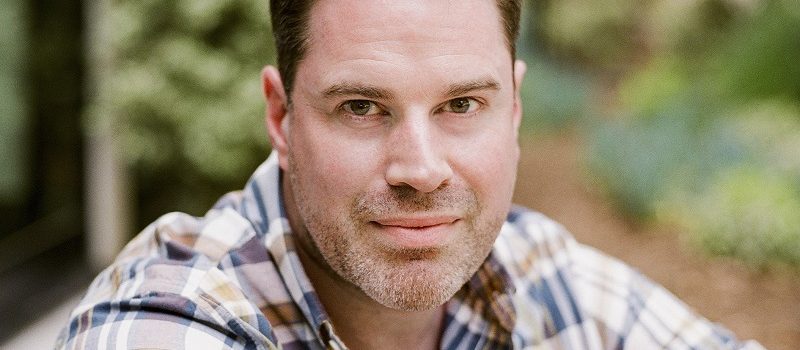There’s a moment in The Artist’s Wife where Lena Olin’s titular bride to artist Bruce Dern takes brush to palette for the first time in years and it’s a stroke of artistic affirmation that inspires profusely. It is a scene that is earned by an actress who turns in the performance of her career as Claire Smythson. Dern’s Richard Smythson has his own time to shine and as orchestrated by co-writer-director Tom Dolby.
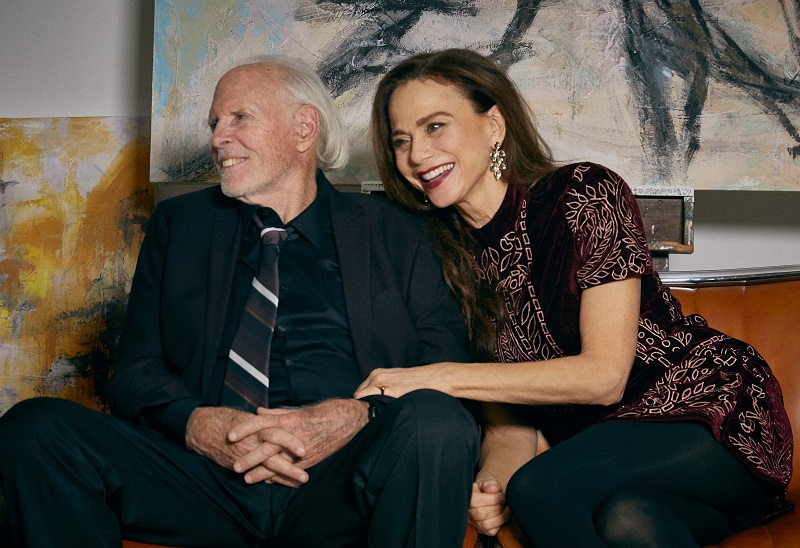
The Movie Mensch caught up with Dolby for an exclusive chat where the producer behind Call Me By Your Name and Little Woods revealed what he looks for in a story to invest his talent and efforts into the notoriously time-consuming art of filmmaking. He also divulges how his tale of an internationally renowned artist and his wife came to be and how the relationship at the heart of the drama had been affected by fame, wealth, success, jealousy, and familial discord and animosity over the years.
It’s a fascinating study (look for our full review on September 25, the film is release date) of a relationship, and as inhabited by Dern and Olin, it is a masterclass in the thespian arts directed by a helmer with firm confidence in his ability to capture viewers collective attention and take it to the most unexpected of places.
The Movie Mensch: What was the genesis of The Artist’s Wife? How did this get started?
Tom Dolby: The idea for the film came out of a few different impulses. I really wanted to explore the landscape of a creative couple, a marriage between two creative people, two painters, and what happens when one of them has to leave her career aside in favor of supporting his career and being there for him. Then I was also interested in the idea of dementia, and I had experienced it with my own father having it. I saw what my mother went through with that in terms of supporting him. I hadn’t seen this portrayed in a film before in terms of the caregiver, in terms of the person who was helping the person afflicted with the disease. So, these different influences came together, and Richard and Claire’s world started coming into being.
The Movie Mensch: Did you write it with Lena or Bruce in mind?
Tom Dolby: No, not specifically. But it’s funny because there was this incredible alchemy once they were cast where it just made sense. And so much of what was on the page just worked out so perfectly in terms of what they brought to the characters.
The Movie Mensch: Yeah, it sure did and then some. Bruce is just such a legend and such a talent, what did it mean to you that he agreed to do it—particularly to inhabit a role that emanated from something so personal as your experience with your father?
Tom Dolby: I was just so honored that he wanted to take it on. We had our first phone conversation after he agreed to do it… we were about a month and a half or so out from shooting. We just spent an hour and a half on the phone, and it felt like it went by in a minute. It’s a wonderful thing when you talk to an actor for the first time and you start feeling like you’ve known them forever. That was definitely how I felt with Bruce, and it was how I felt with Lena. With Lena, it felt like talking to an old friend. And I think with Bruce it felt like talking to a mentor or almost a father figure, which was such a lovely thing.
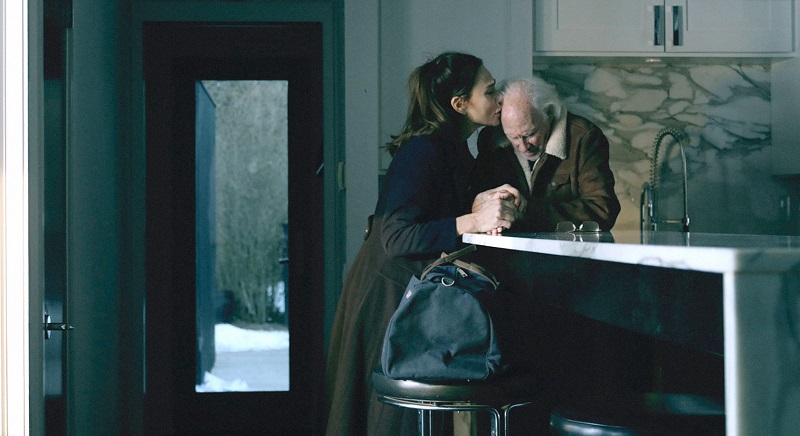
The Movie Mensch: I can imagine. Now I’ve always been impressed by Lena. But this time out, she really has to carry this movie in a lot of ways. I mean, she’s the titular character. She’s in practically every scene. What most impressed you about her?
Tom Dolby: I was so impressed by her stamina and by just how steady she was in terms of every single day being able to bring this sort of continuous sense of the character. Of course, we’re shooting it all totally out of order. We had Bruce for the first two weeks. Then after that, we did four more weeks just with Lena. I was always so impressed with how you can shoot all these emotional scenes with the actor who plays your husband, and then, for four weeks after that, you can draw upon the emotional recollection of those scenes and just create a continuous work of art. I have to say overall, she was so easy going and so lovely to work with and really a lot of fun. I really felt like she was my partner in crime in the whole experience.
The Movie Mensch: Wow. That had to be amazing. Now you write, you direct, you produce. What does a story have to say to you to have you get involved, such as Call Me By Your Name or last year’s Little Woods, which made my list to the best of 2019? What does it have to speak to you to have that investment of your time and effort?
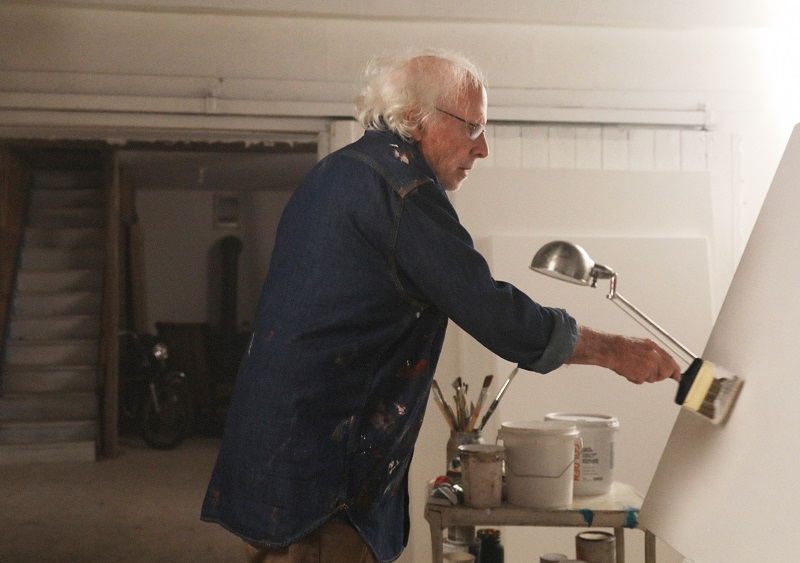
Tom Dolby: It’s really different with every project. I think Call Me By Your Name was a funny one because it came to me many, many years ago. After reading it, I just kept thinking about it. It really just stuck with me. I thought I think this is something I want to be involved with and want to be able to support. At that time, I was a little naive. I didn’t know how long it was going to take. But it clearly paid off. I think it is sort of having that blind faith and in that case, I’m really happy that I did and that I was less experienced in the industry. I think had I known more, I might not have had that faith to make that leap forward. I’m really glad that I took that risk. With Little Woods, I was so impressed by the script, so impressed by the cast and by [director] Nia DaCosta’s work. She had already shot some early versions of a few of the scenes that she’d workshopped with Sundance, and they were really incredible. And I loved Tessa Thompson. It was a topic that I really cared a lot about in terms of women’s healthcare. Plus, the idea of doing something about reproductive rights in the context of both a thriller and a story about two sisters, I just loved all those themes.
The Movie Mensch: Well, it’s just it’s got to be so artistically gratifying for you. I mean, they say variety is the spice of life, but I think for storytellers, it really has to be. Is that the case for you?
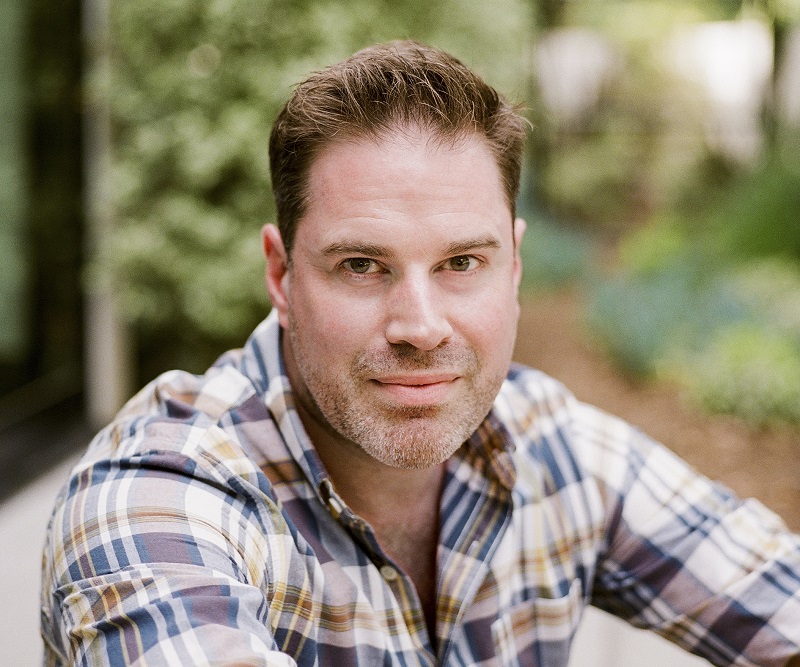
Tom Dolby: Definitely. Yeah. You definitely want to keep doing different things. Yet I do find that there’s usually a through-line between different things. I mean, even Little Woods and Call Me By Your Name, which are such very, very different films, I love that they both explore stories that are taking place on the fringes of society if you will. In Little Woods, culture is not always drawn to people in extreme poverty, that kind of thing. So, I love that it went deep into what people were going through in this North Dakota landscape. Same thing with Call Me By Your Name. I mean, how many movies have we seen about a gay kid in Italy in the 1980s? I can’t think of any.
The Movie Mensch: Good point. Telling stories about artists of varying landscapes is extremely complicated, I would think because art can be so subjective. How did you approach that aspect of the storytelling journey for The Artist’s Wife?
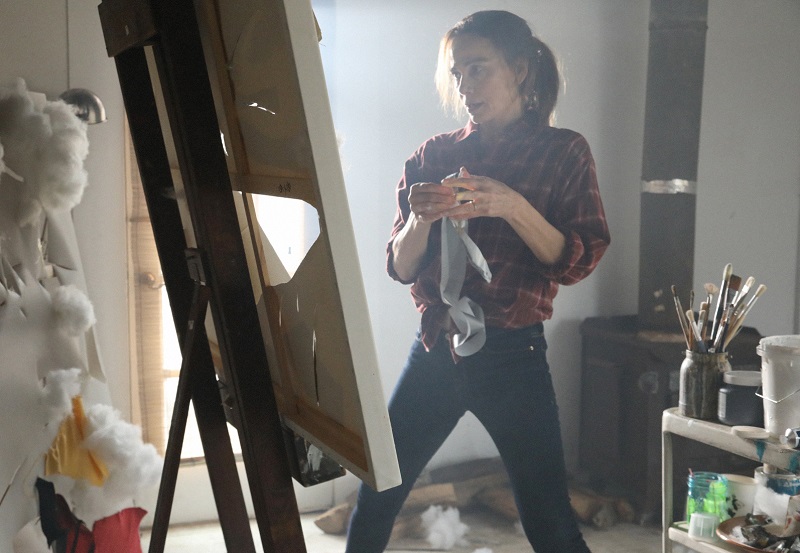
Tom Dolby: That’s a great question. It was tricky because there was such a rich history in terms of where we were filming and where the story was set in terms of the Hamptons. There was this history of abstract expressionism, and so I wanted to drop on that. But you are also using these paintings as metaphors for what the characters are going through. They have to be able to convey a series of emotions in a very short, quick way. So, it was very clear to me that the paintings had to be abstract. I just think for them to be representational would have been too complicated and brought in too many other issues. You’re always playing with all of those things because they are another, just like every other element, part of your production design, your costumes, lighting, whatever… something as important as a painting that is created by a character is really another mode of storytelling.

